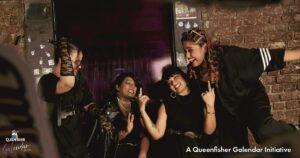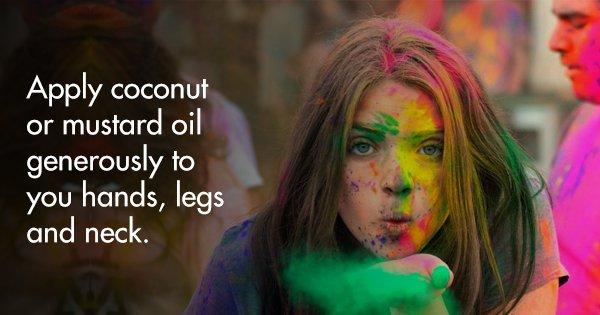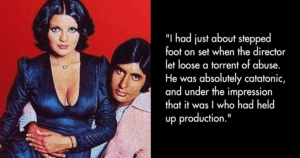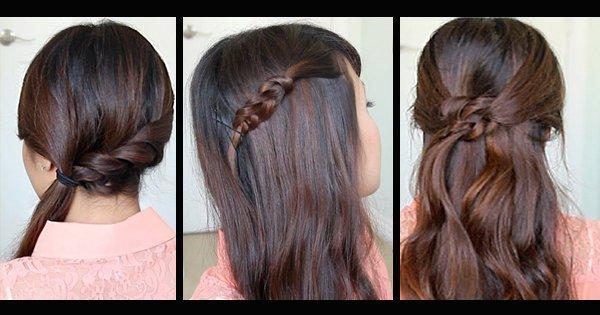This is a dialogue from the Netflix biopic Gunjan Saxena: The Kargil Girl. A story which was supposed to be about former flight Lieutenant Gunjan Saxena, who through her incredible courage and determination became the first woman combat pilot of the Indian Air Force.
The problem isn’t my weakness, it’s your fear. You’re scared that if this ‘Madam’ becomes a ‘Sir’, then we’ll have to salute her.
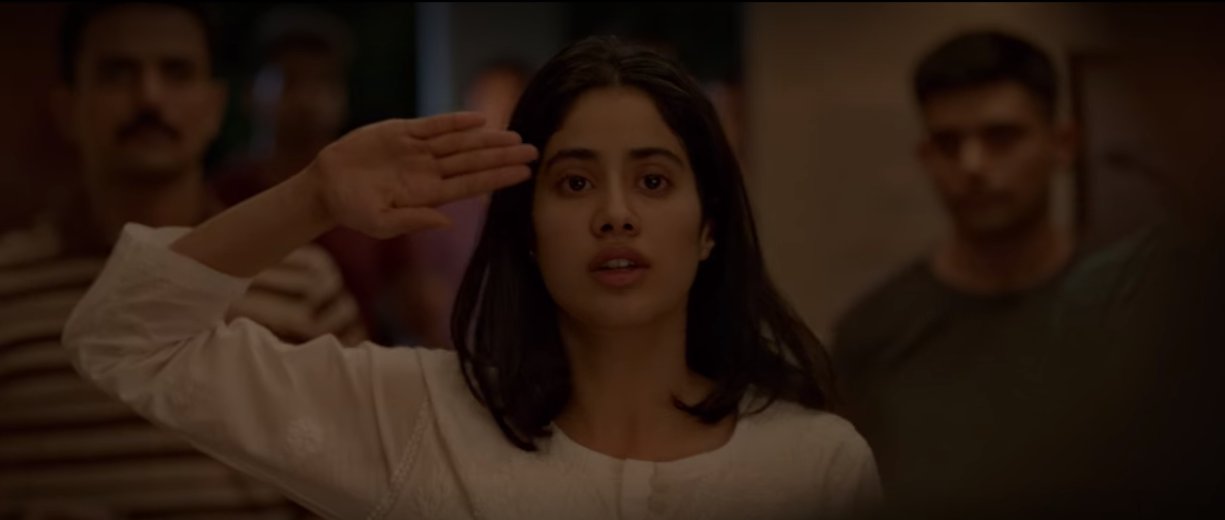
But somehow this film ended up becoming a dramatized version of the inspiring real-life story which raised a lot of questions about sexism in the Indian defence forces. The narrative of the story in various instances shows the divide between how a woman officer and male officer are perceived in the Indian Air Force.
Gunjan didn’t only struggle throughout the movie just to survive in a male-dominated institution but also was shamed for her emotions and her sensitivity.
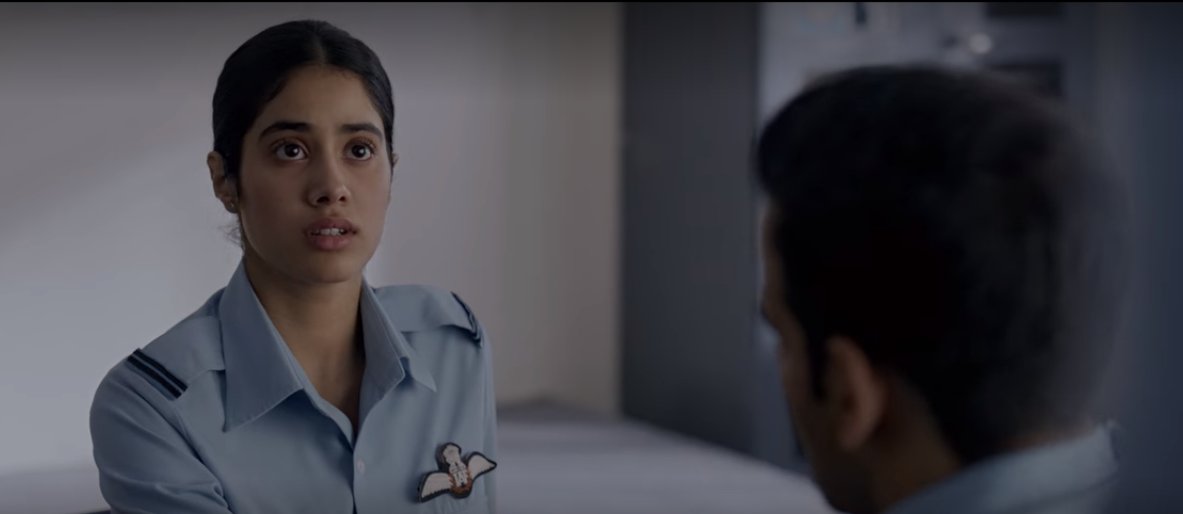
But, is the sexism really as bad in reality as it was portrayed in the movie? Former IAF pilot Gunjan Saxena talked about it to IANS.
I think I was always lucky to have people around me who supported me and who rooted for me. Be it my family or the Indian Air Force at both places, I got support to pursue my dream and it’s a privilege. If you are the first one to be doing something, along with the privilege comes a whole lot of responsibility.
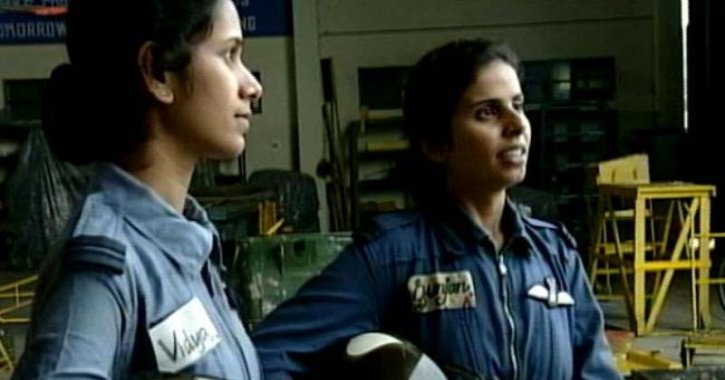
As opposed to the film, Saxena and her contemporary, Sreevidya Rajan had arrived in Udhampur together. They were course mates in the fourth batch of women officers inducted into the IAF from 1992. She did mention that just like the movie, provision of a separate bathroom and changing rooms weren’t there when they arrived.
There was a makeshift changing room in a little corridor with walls on two sides and a couple of almirahs arranged in an L-shape with a small gap that served as a door. To ensure privacy, Saxena and her other female course mate would take turns standing guard at the gap, while the other changed inside.
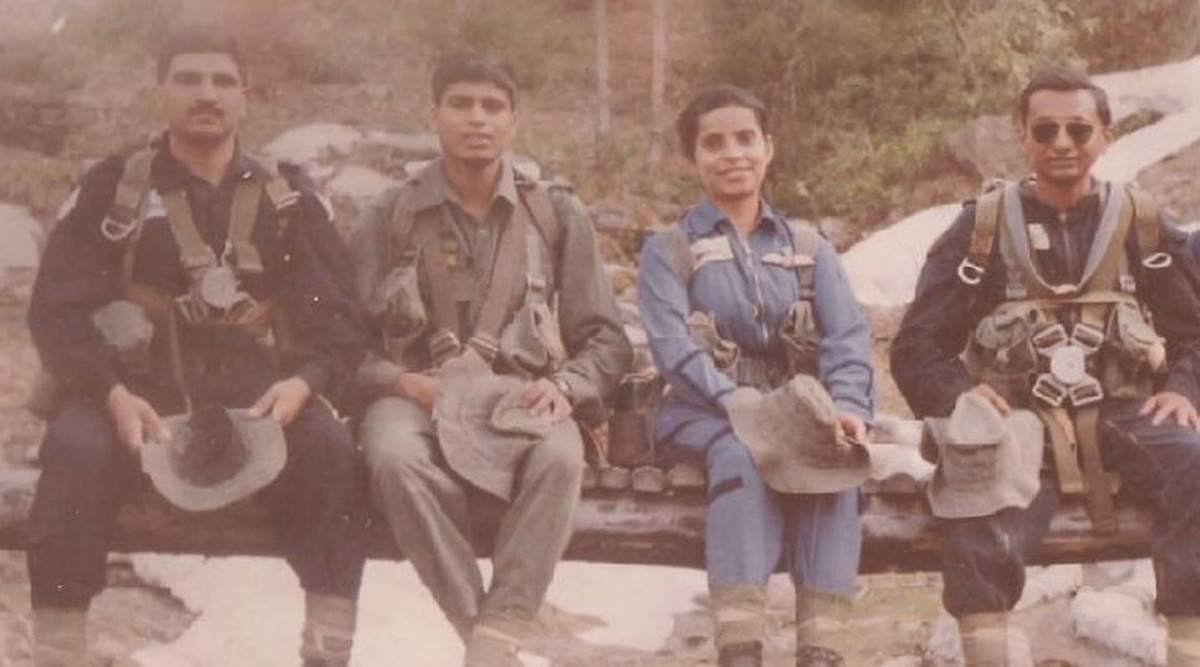
She shared with Scoopwhoop that there were apprehensions about accepting women in the flying branch.
We (female officers) had to first prove our potential. Because flying is a profession which is absolutely unforgiving. You can’t really expect to stand up there and say, I want equal opportunities, without first proving your potential. I am not the only one who had to do it. Even male officers had to do it. So yes, a little bit of apprehension, little bit of teething troubles, yes they were there, no can deny it. But at the same time, it is the same organization that gave me these opportunities to prove my potential.
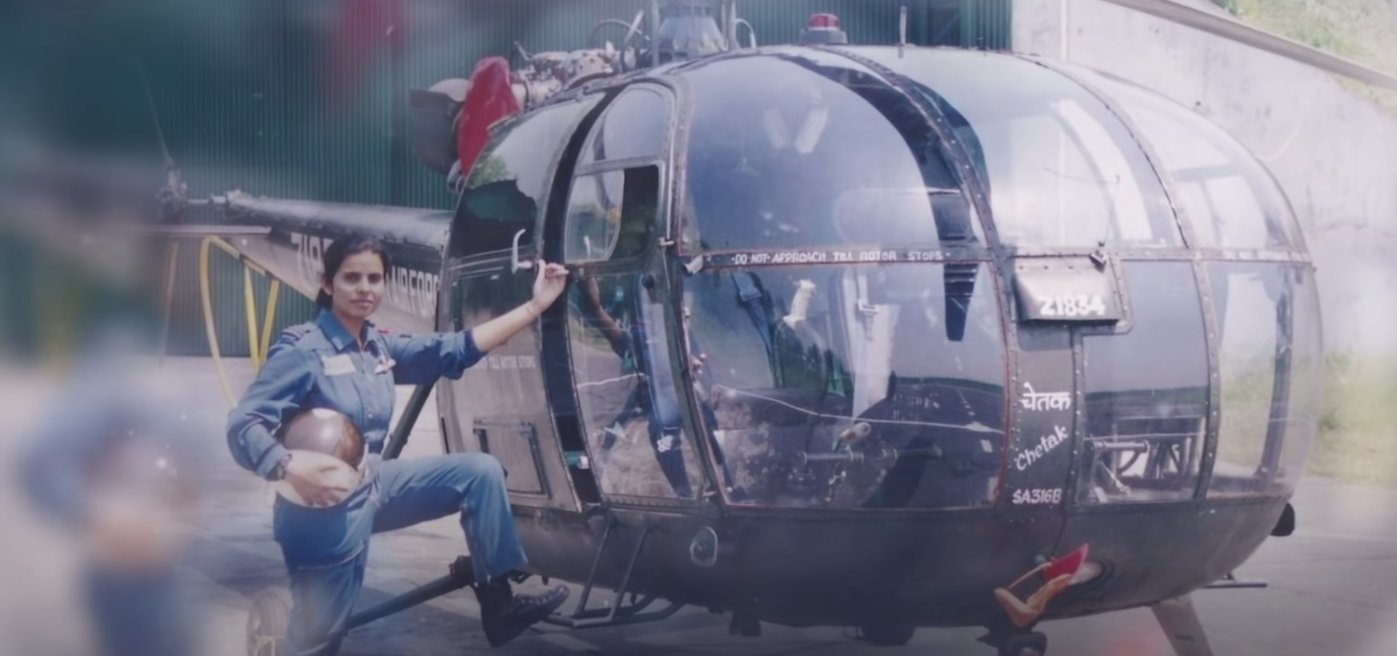
Another IAF officer who needs no introduction, Wing Commander Anupama Joshi had a slightly different point of view about the same matter. She made it to the news when she questioned gender discrimination in the armed forces and paved the way for several women officers by getting a permanent commission for women.
In my struggle for gender equality, I got more support from men than women. I contacted more than 50 women officer but none of them came forward except one. All women officers feared that their husband’s career might suffer if they fought against the Indian Air Force.
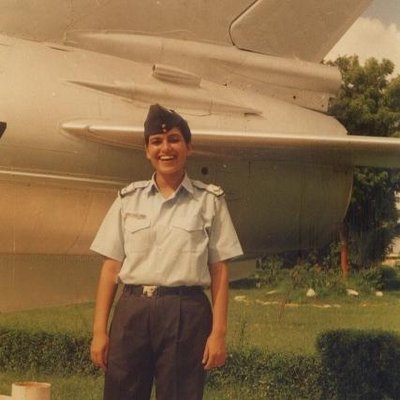
She was also one of the first members of the Dirty Dozen—the 12 women selected from thousands of applications for the first batch of IAF officers. She told Livemint,
Senior officers didn’t know whether to treat me like a lady or a junior officer. Everything was evolving. All the attention was on us, our batchmates used to get really flustered. Why can’t we have everything the men have?
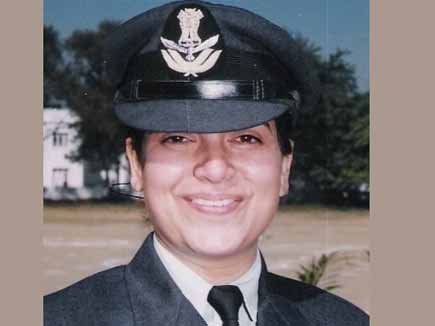
Retired Wing Commander Namrita Chandi, who served in the Indian Air Force with Gunjan Saxena also shared her views about this topic with Outlook. She criticized what was shown in the movie.
I have myself served as a helicopter pilot and I have never faced the kind of abuse and maltreatment as was portrayed in the movie. In fact, men in uniform are true gentlemen and professionals.
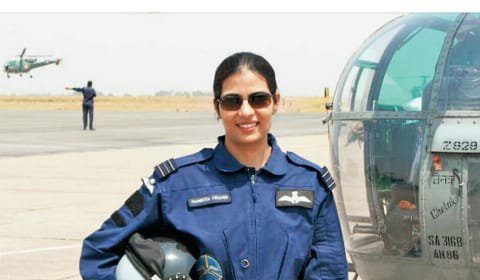
Air Marshal Dhiraj Kukreja, Retired Air Officer Commanding in Chief of Training Command, who trained the first batch of women to join the Air Force as pilots in the transport stream told SheThePeople,
Definitely there were teething problems. Ladies have been in the Air Force earlier as doctors, who hardly used to come to the flying section. If they did come, we didn’t have to prepare special facilities for them in terms of toilets, changing rooms etc. However, necessary facilities such as toilets and changing rooms for them were prepared on a war footing.
However, when it comes to giving opportunities, IAF is slowly and steadily is improving in that aspect. In 2016, IAF inducted women pilots for the first time by commissioning Mohana Singh, Bhawana Kanth and Avani Chaturvedi.
First women fighter pilots under training in Hyderabad, to be inducted in Indian Air Force by June this year. pic.twitter.com/Yxv1Pg6IS4
— ANI (@ANI) March 8, 2016
When asked about how they feel about working in a male dominated field, they all thanked their instructors and colleagues for being supportive.

Where the question about sexism arrives in defence services in India, according to 2019 figures, women comprised of 13% of the air force, only 3.8% in the army and 6% of the navy. There were some 1,500 female officers compared to more than 40,000 male officers.
Other defence forces like the Army still don’t’ allow women in Aviation. Indian Navy got it’s first female pilot, Sub- Lieutenant Shivangi recently in 2019.

Even when it came to granting permanent service and commanding positions to women in the Indian Army, it was granted by the Supreme Court recently in February 2020 after a lot of criticism by the central government of India.
The authority opposed women being granted command positions in the army by drawing gender stereotypes about the physical limitations of women.

It added points like women should not be appointed to top roles such as colonels or brigadiers because most soldiers are men from rural backgrounds who are not “mentally schooled to accept women officers in command”.
Even after granting permanent commision, women will still not be permitted to serve in army combat units, like the infantry or artillery corps.

Other than that, there have been several studies indicating that there indeed are biases when it comes to both men and women in the services. A research project titled ‘Women Officers and Work Environment: Indian Perspective’ by Col Randhawa projected the mindsets of male and female officers.
Complaints of jokes after drinks and unwarranted attention figured only occasionally. The male officers felt that the women also harassed them in various forms – using charm with senior officers – and wondered why they demanded equality.

While women are slowly making a place for themselves in the Defence Services of India, our country has a long way to go when it comes to changing mindsets and giving equal opportunities.




